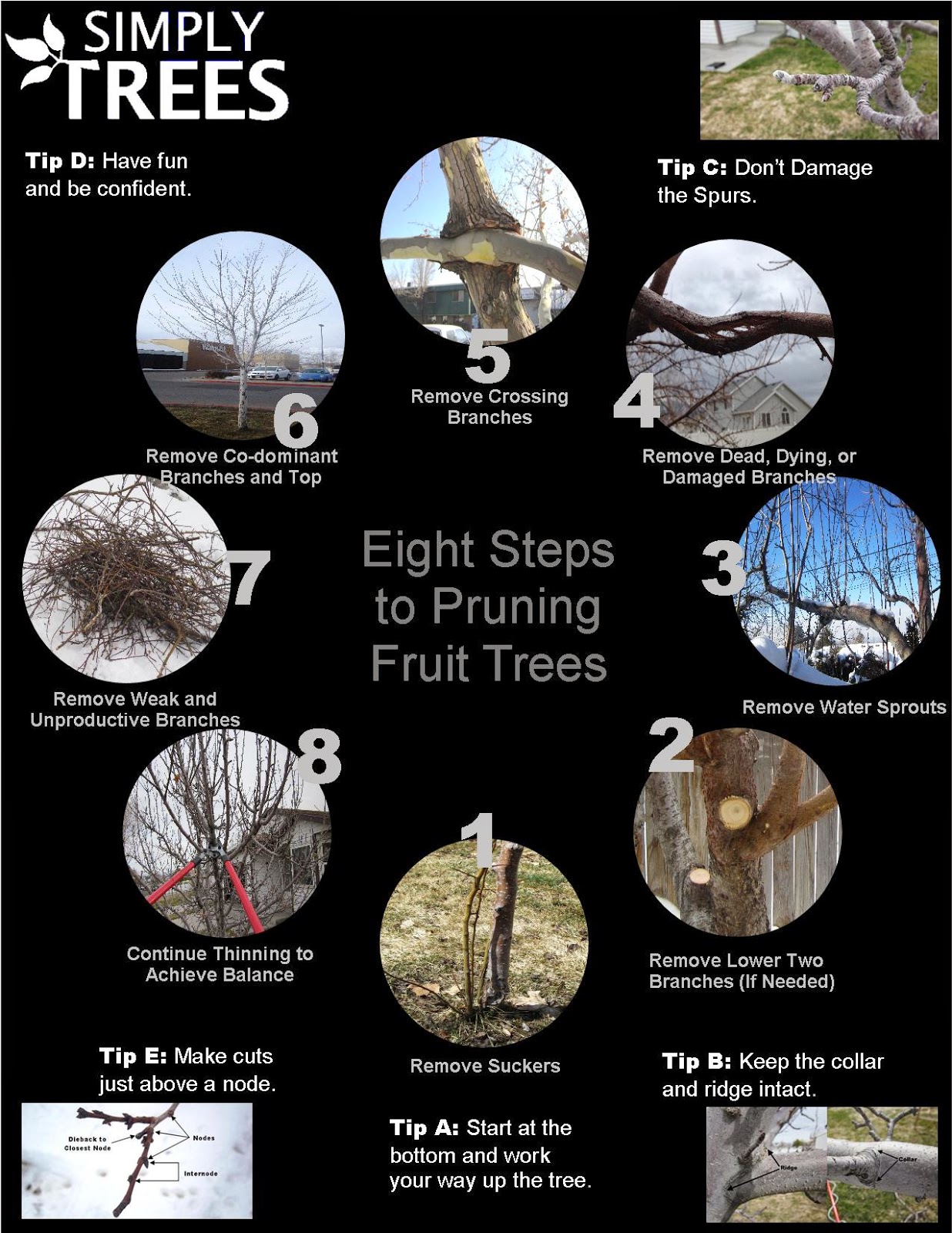The Future Of Trees: How To Recognize When Elimination Is Required
The Future Of Trees: How To Recognize When Elimination Is Required
Blog Article
Web Content Author-Buckley Stryhn
If you have actually ever questioned the fate of the trees on your residential or commercial property, understanding when it's time for removal is crucial. But how do you determine if a tree can be conserved or if elimination is the only alternative? By searching for particular signs and evaluating safety threats, you can make informed decisions that benefit both your landscape and your environments. Allow's explore the vital elements that come into play when choosing the fate of a tree and just how you can ensure the very best result for your environment-friendly friends.
Signs of Tree Decline
If you notice any one of the following signs of tree decrease in your backyard, it may be time to consider tree removal.
One common indicator is dead or rotting branches, which can show underlying issues impacting the tree's health. Keep an eye out for stained or wilted leaves that linger despite having correct treatment, as this could be an indicator of disease or bugs.
An additional warning signal is too much leaning or a recognizable change in the tree's base, which might recommend origin concerns or architectural instability. Keep an eye out for fungal growth on the trunk or roots, as this can suggest rot and compromise the tree's stability.
Furthermore, if you observe large splits in the trunk or significant limbs, it's vital to resolve these concerns immediately to avoid prospective risks. Resolving these indications of tree decrease quickly can assist maintain the security and appearances of your yard setting.
Safety Problems
To make certain the health of your property and those around you, prioritizing safety concerns related to trees is vital. Trees can position various security dangers otherwise effectively maintained. Dead or worn out branches might drop all of a sudden, jeopardizing people or destructive frameworks.
Leaning trees can also be harmful, especially if they're leaning in the direction of a structure or power lines. Furthermore, trees with substantial origin systems near structures or underground utilities can trigger substantial damages with time.
It's important to on a regular basis evaluate your trees for any type of indications of prospective risk. Keep an eye out for cracks in the trunk, large dental caries, or indications of condition and degeneration. If you notice any of these concerns, it's finest to seek advice from a specialist arborist to assess the circumstance and determine the essential course of action.
Taking positive steps to resolve safety worries without delay can avoid crashes and home damages in the future. Remember, the safety of your building and those around you need to constantly be the top concern when it concerns tree upkeep.
Consulting an Arborist
When thinking about the health and safety of your trees, consulting an arborist is a critical step. Arborists are trained experts who concentrate on the treatment and upkeep of trees. They can assess the overall health and wellness of your trees, recognize any type of concerns such as illness or architectural troubles, and give professional referrals on the best course of action.
By consulting an arborist, you can obtain valuable insights right into the condition of your trees and establish whether elimination is essential. https://www.google.com/local/place/products/product?ludocid=14488364426700125656&entry_id=-9162468557853167966&hl=en have the knowledge and experience to evaluate the dangers associated with maintaining a tree versus removing it. They can also supply assistance on alternate services, such as pruning, cabling, or bracing, to aid preserve the tree whenever possible.
Moreover, arborists can help you navigate any type of regional regulations or allows that might be required for tree removal. additional reading can ensure that the procedure is executed safely and in conformity with any relevant laws.
Verdict
Finally, when determining whether trees can be conserved or if elimination is necessary, it is necessary to think about indications of decline and safety worries. Consulting an arborist for a comprehensive analysis is crucial in making the very best choice for the tree's health and possible threats. Remember, aggressive care and timely action can help maintain trees and avoid mishaps.
